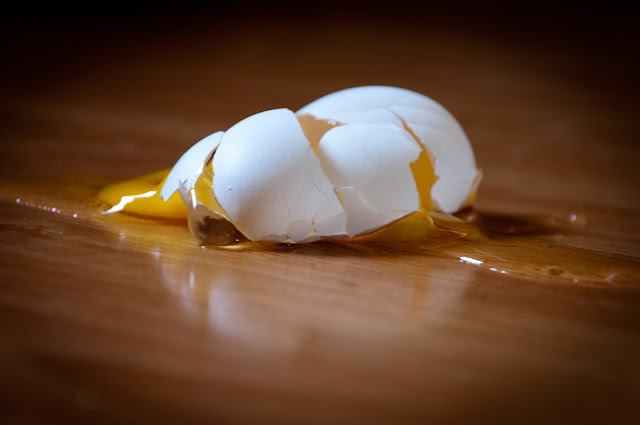by Megharaja Manangi, PhD, Research Scientist, Poultry Nutrition, Novus International
Amid an evolving layer industry, eggshell quality remains a key aspect of successful egg production. Broken and cracked eggs represent a significant loss to the industry and to the individual producer, and these effects become even more significant as hens age.
In highly productive birds, demineralisation of the structural bone can result in increased osteoporosis and bone fractures, which are also more prevalent at the end of lay. There are key trace elements, including zinc, copper and manganese, which are essential for shell formation.
Now there is pressure to reduce the dietary content of specific trace minerals, focusing attention on the use of more bioavailable sources of these key nutrients. Chelated trace minerals are a solution, as they offer greater bioavailability. Studies show that the bioavailability of MINTREX® Zn is between 160 percent and 250 percent that of inorganic zinc sulphate, so diet requirements can be met at lower inclusion rates.
A new study from Novus International investigated the impact of long-term use of MINTREX® Zn, Cu and Mn compared to inorganic trace minerals on layer performance, eggshell quality, tibia breaking strength and immune response. Laying hens were allocated to six treatments with supplemental zinc, copper and manganese.
To summarise, feeding laying hens’ diets containing MINTREX® chelated trace minerals showed improvements in eggshell thickness and immune response when compared to inorganic salts later in the laying cycle.
Read the full journal article HERE.
Visit the Novus site HERE.
Amid an evolving layer industry, eggshell quality remains a key aspect of successful egg production. Broken and cracked eggs represent a significant loss to the industry and to the individual producer, and these effects become even more significant as hens age.
 |
| Image: John Liu |
- Zinc deficiencies in layers include decreased egg production and eggshell quality
- Manganese-deficient hens produce eggs with thinner shells
- Copper deficiency results in eggshell deformities
Now there is pressure to reduce the dietary content of specific trace minerals, focusing attention on the use of more bioavailable sources of these key nutrients. Chelated trace minerals are a solution, as they offer greater bioavailability. Studies show that the bioavailability of MINTREX® Zn is between 160 percent and 250 percent that of inorganic zinc sulphate, so diet requirements can be met at lower inclusion rates.
A new study from Novus International investigated the impact of long-term use of MINTREX® Zn, Cu and Mn compared to inorganic trace minerals on layer performance, eggshell quality, tibia breaking strength and immune response. Laying hens were allocated to six treatments with supplemental zinc, copper and manganese.
To summarise, feeding laying hens’ diets containing MINTREX® chelated trace minerals showed improvements in eggshell thickness and immune response when compared to inorganic salts later in the laying cycle.
Read the full journal article HERE.
Visit the Novus site HERE.
The Global Miller
This blog is maintained by The Global Miller staff and is supported by the magazine GFMT
which is published by Perendale Publishers Limited.
For additional daily news from milling around the world: global-milling.com



No comments:
Post a Comment